In the peculiar pantheon of modern celebrity, an unexpected profession has risen to prominence—paleontology. These scientists, who once toiled in relative obscurity, dusting off fossils in remote locations and publishing in academic journals read by few, have transformed into household names with bestselling books, packed lecture tours, and even action figures bearing their likenesses. The journey from academic specialist to cultural icon represents more than just individual success stories; it reveals profound shifts in our collective relationship with science, history, and our understanding of life itself. The evolution of the paleontologist from a lab-coat-wearing academic to a revered cultural figure offers a fascinating window into our society’s values, fears, and fascinations.
The Jurassic Park Effect: How Fiction Transformed the Field

When Michael Crichton’s novel “Jurassic Park” hit bookstores in 1990, followed by Steven Spielberg’s blockbuster film in 1993, paleontology experienced an unprecedented surge in public interest. The character of Dr. Alan Grant, portrayed by Sam Neill, presented audiences with a rugged, adventurous scientist who combined intellectual authority with Indiana Jones-style charisma. This fictional portrayal fundamentally altered public perception of what paleontologists were and what they did. Museum attendance skyrocketed, university paleontology programs reported record applications, and real-world paleontologists suddenly found themselves fielding questions about dinosaur cloning possibilities. The franchise, which has continued through multiple sequels, established a new archetype of the scientist-hero that blended adventure, ethical wisdom, and specialized knowledge in a package tailor-made for public adoration.
From Academic to Celebrity: The Rise of Paleontologist Superstars
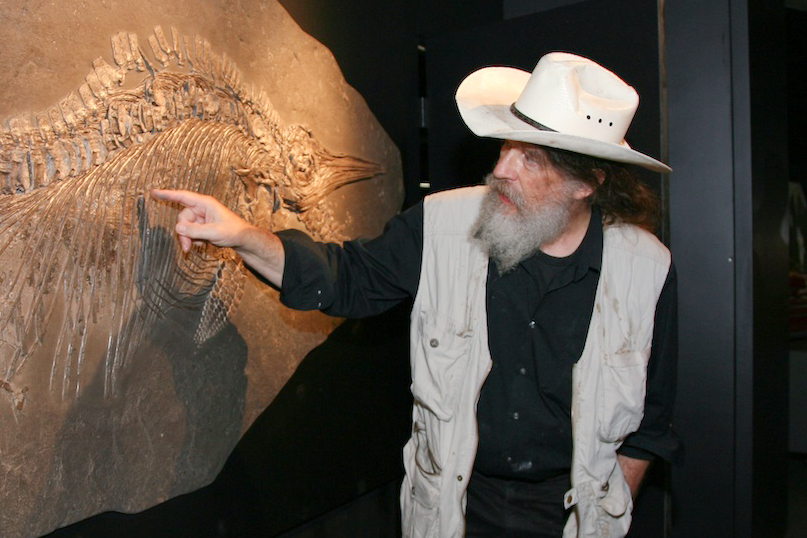
The late 20th and early 21st centuries saw the emergence of paleontologist celebrities whose fame extended beyond academic circles. Figures like Jack Horner, who served as technical advisor for the Jurassic Park films and discovered the first dinosaur eggs in the Western Hemisphere, became recognized public intellectuals. Dr. Robert Bakker, with his distinctive cowboy hat and beard, became instantly recognizable as he championed revolutionary theories about warm-blooded dinosaurs. More recently, Dr. Kenneth Lacovara, discoverer of the massive Dreadnoughtus, and Dr. Mary Schweitzer, who found soft tissue in dinosaur fossils, have captivated public imagination through their groundbreaking work. These scientists didn’t just conduct research—they became storytellers, translators of complex science into narratives that captured public imagination, appearing on television programs, giving TED Talks, and writing popular books that made extinct worlds accessible to average readers.
The Visual Appeal: Dinosaurs as Natural Spectacles

Paleontologists benefit from working with some of the most visually spectacular subjects in science—dinosaurs and other prehistoric creatures provide ready-made drama through their sheer scale and otherworldliness. A complete Tyrannosaurus rex skeleton towering in a museum hall creates an immediate emotional response that few scientific subjects can match. The physical nature of paleontological discoveries—tangible, three-dimensional objects rather than abstract concepts—makes them inherently accessible to public understanding. The visual impact of prehistoric life has been further amplified by technological advances in paleoart, CGI, and museum exhibition design, allowing extinct animals to be depicted with unprecedented realism. Paleontologists who can contextualize these visual spectacles, explaining how Triceratops used its frills or why Quetzalcoatlus could fly despite its enormous size, become natural focal points for public fascination, translating ancient wonder into contemporary understanding.
Digital Platforms and the Democratization of Dinosaurs
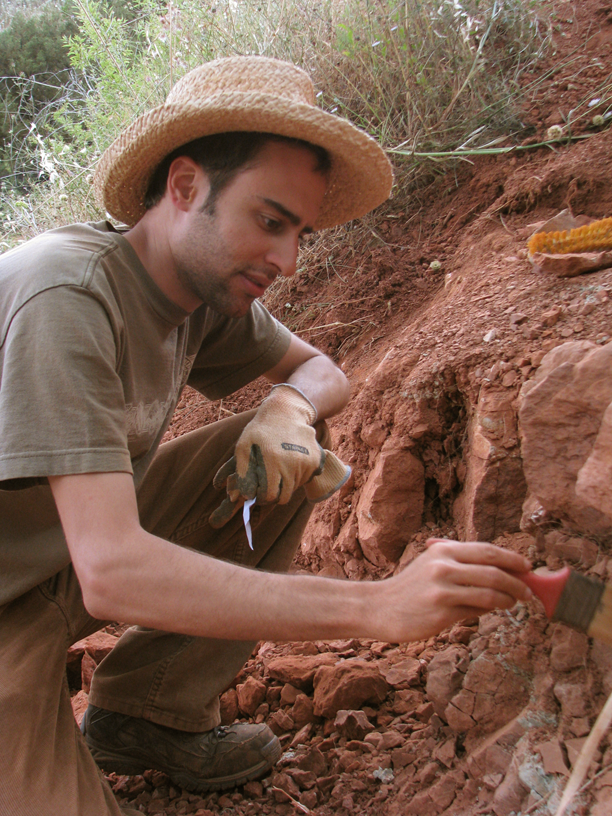
Social media has dramatically expanded the reach of paleontologists, allowing them to build personal brands and connect directly with global audiences. Platforms like Twitter (now X) have become vibrant forums where paleontologists share discoveries, debate interpretations, and engage with curious followers in real-time. Dr. Steve Brusatte, with over 50,000 Twitter followers, regularly shares field updates and behind-the-scenes glimpses of paleontological work. YouTube channels dedicated to paleontology, like PBS Eons hosted by Kallie Moore, attract millions of viewers with visually engaging content that demystifies complex evolutionary concepts. The accessibility of these platforms has allowed paleontologists to circumvent traditional gatekeepers of scientific communication, reaching audiences directly with unfiltered enthusiasm for their subjects. This digital democratization has transformed how scientific authority is established and recognized, creating new pathways to public recognition outside the traditional academic hierarchy.
The Indiana Jones Complex: Adventure and Exploration

The fieldwork aspect of paleontology taps into deep cultural narratives about exploration and discovery that resonate powerfully with public imagination. Paleontologists working in remote corners of Mongolia, scaling cliff faces in Argentina, or braving extreme weather conditions in Antarctica embody a romantic ideal of the scientist-explorer that dates back to figures like Roy Chapman Andrews, whose Central Asian expeditions in the 1920s reportedly inspired the Indiana Jones character. Contemporary paleontologists like Paul Sereno, whose expeditions to the Sahara Desert have uncovered remarkable dinosaur fossils, continue this tradition of adventure science. The physical challenges and exotic locales associated with fossil hunting provide a stark contrast to the stereotype of scientists as laboratory-bound theorists. This adventure narrative transforms paleontologists into modern heroes undertaking quests for knowledge in challenging environments, their fossil discoveries serving as tangible trophies of scientific victory.
Time Travelers: Paleontologists as Narrators of Earth’s Epic
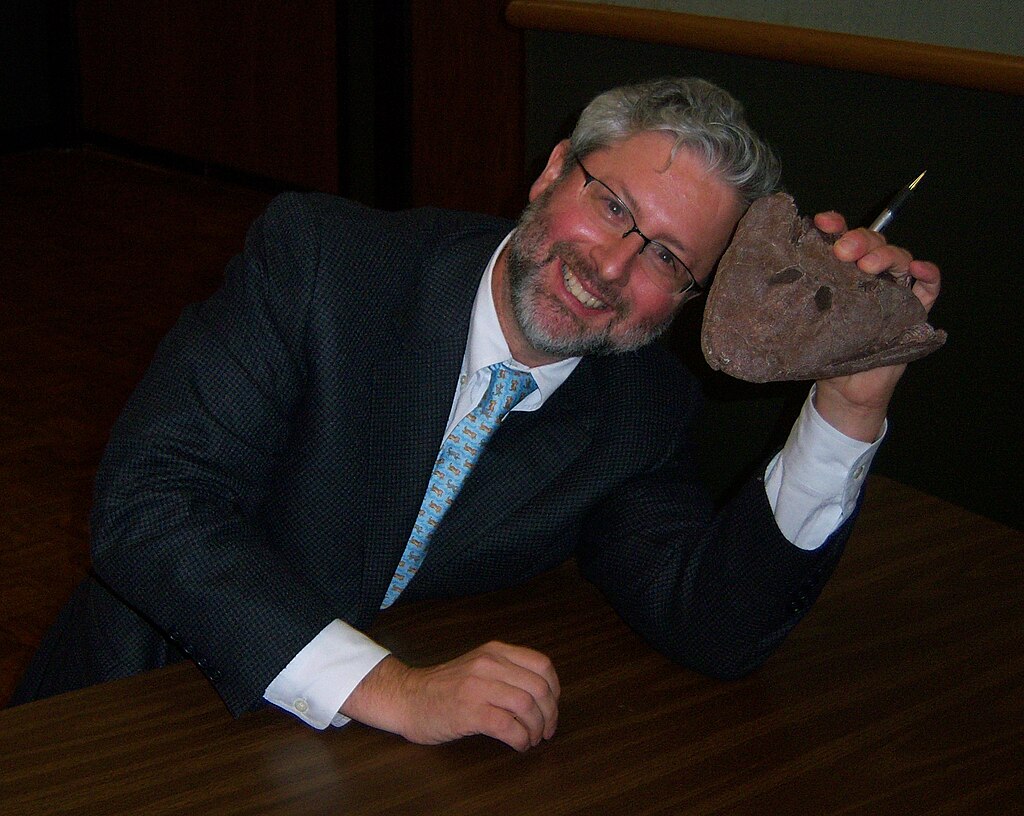
Perhaps the most profound appeal of paleontologists lies in their role as interpreters of deep time—storytellers who translate the unimaginably vast history of life on Earth into comprehensible narratives. In an era of accelerating change and uncertainty about the future, these scientific time travelers offer perspective on the grand scale of Earth’s history and life’s resilience through multiple mass extinctions. Popular paleontologists like Neil Shubin, whose discovery of Tiktaalik helped illuminate the transition from fish to tetrapods, craft compelling narratives about pivotal moments in evolutionary history that help us understand our place in the natural world. By revealing how dinosaurs dominated for 165 million years compared to humanity’s brief tenure, or how life rebounded after devastating extinction events, paleontologists provide both humbling context and reassurance about the adaptability of life. This temporal perspective has particular resonance in an age of climate anxiety and ecological concern, positioning paleontologists as guides who help us navigate our relationship with planetary change.
The Charisma Factor: Personality and Presentation

The paleontologists who achieve the greatest public recognition typically combine scientific credentials with distinctive personal attributes that make them memorable communicators. Dr. Jack Horner’s straightforward speaking style and willingness to challenge orthodoxy endeared him to public audiences, while Dr. Thomas Holtz’s encyclopedic knowledge and infectious enthusiasm make him a favorite lecturer and media commentator. The late Stephen Jay Gould’s literary gifts allowed him to connect paleontological concepts to broader cultural themes in ways that resonated far beyond scientific circles. These successful science communicators understand that effective public engagement requires translating complex ideas without oversimplification, often using humor, personal anecdotes, and relatable metaphors. Their ability to convey genuine passion for their subjects creates emotional connections with audiences who might otherwise find scientific concepts inaccessible. This authenticity factor—the sense that we’re seeing real people genuinely excited about their discoveries—distinguishes the most successful paleontologist communicators from mere presenters of information.
Fossil Hunters in Popular Culture: Beyond Jurassic Park
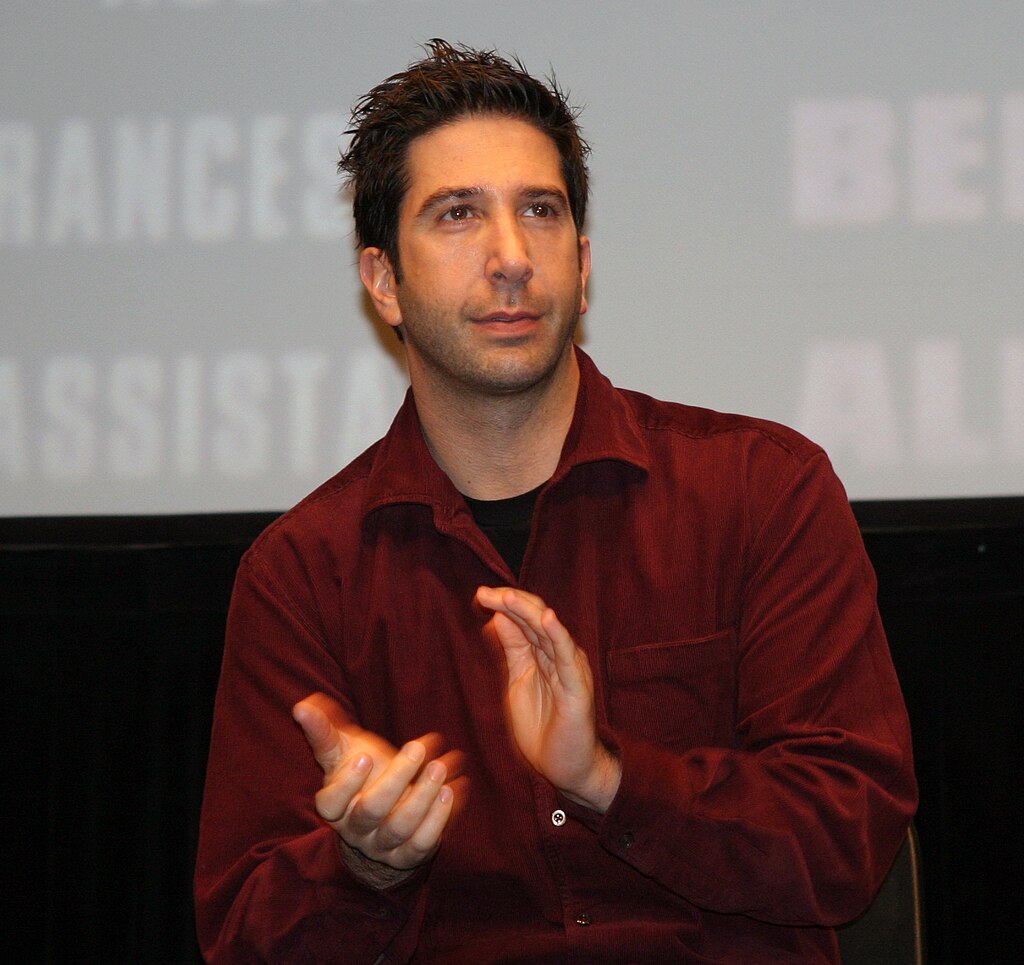
The cultural footprint of paleontologists extends well beyond scientific documentaries into diverse entertainment formats that both reflect and reinforce their iconic status. Children’s cartoons feature paleontologist characters, while museums sell toy excavation kits that allow young fans to mimic their fossil-hunting heroes. The “Dinosaur Train” educational series presents Dr. Scott Sampson as a trusted guide to prehistoric knowledge for preschoolers, creating dinosaur enthusiasts before they even reach kindergarten. Ross Geller, the paleontologist character from the sitcom “Friends,” though often played for laughs, nonetheless normalized the profession for mainstream audiences. More recently, paleontologists have become popular podcast hosts and social media personalities, with figures like Riley Black building substantial followings through accessible, engaging content about prehistoric life. This pop culture penetration creates a feedback loop, where media representations inspire young people to pursue paleontological careers, some eventually becoming the next generation of public-facing experts.
Gender Transformation: Women Breaking the Fossil Ceiling
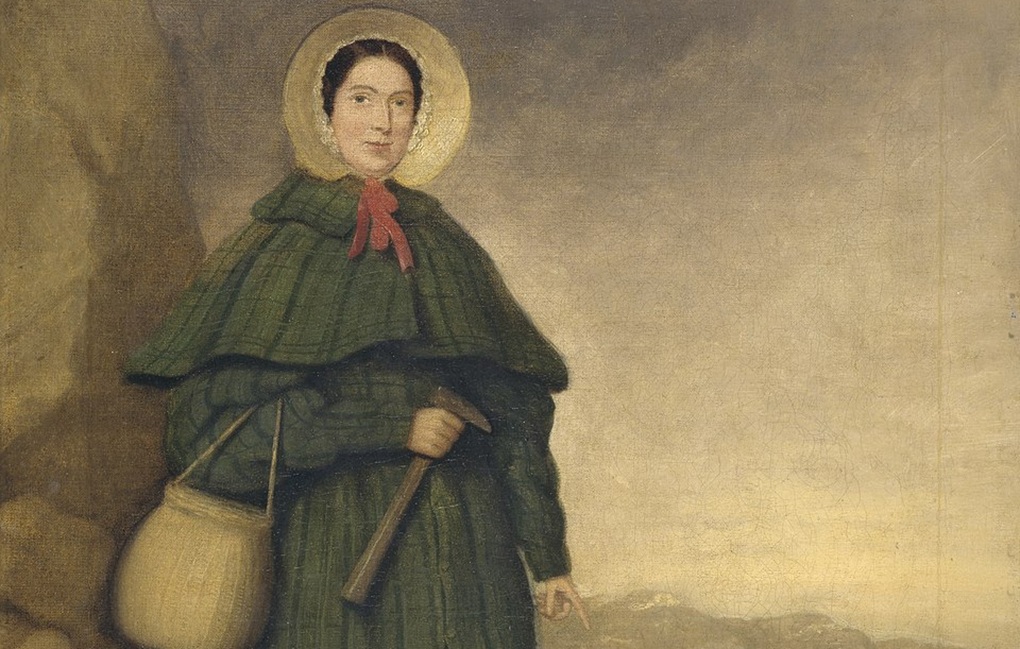
The public image of paleontology has undergone significant diversification in recent decades, with women paleontologists achieving unprecedented recognition for their contributions. While historical figures like Mary Anning were often marginalized despite remarkable discoveries, contemporary women paleontologists have claimed their rightful place in the public spotlight. Dr. Lisa White’s work on microfossils and her leadership in diversity initiatives have made her a prominent voice in the field. Dr. Jingmai O’Connor’s research on feathered dinosaurs and early birds has garnered international attention, while Dr. Emily Rayfield’s pioneering work using engineering techniques to understand dinosaur biomechanics represents cutting-edge interdisciplinary science. Popular science writer and paleontologist Riley Black has built a substantial following through books and articles that blend scientific insight with personal perspective. This increasing visibility of women in paleontology not only more accurately reflects the field’s actual demographics but also provides crucial role models for young women considering scientific careers, helping to dismantle persistent stereotypes about who can be a scientist.
The Ethics of Fame: Responsibility in the Spotlight
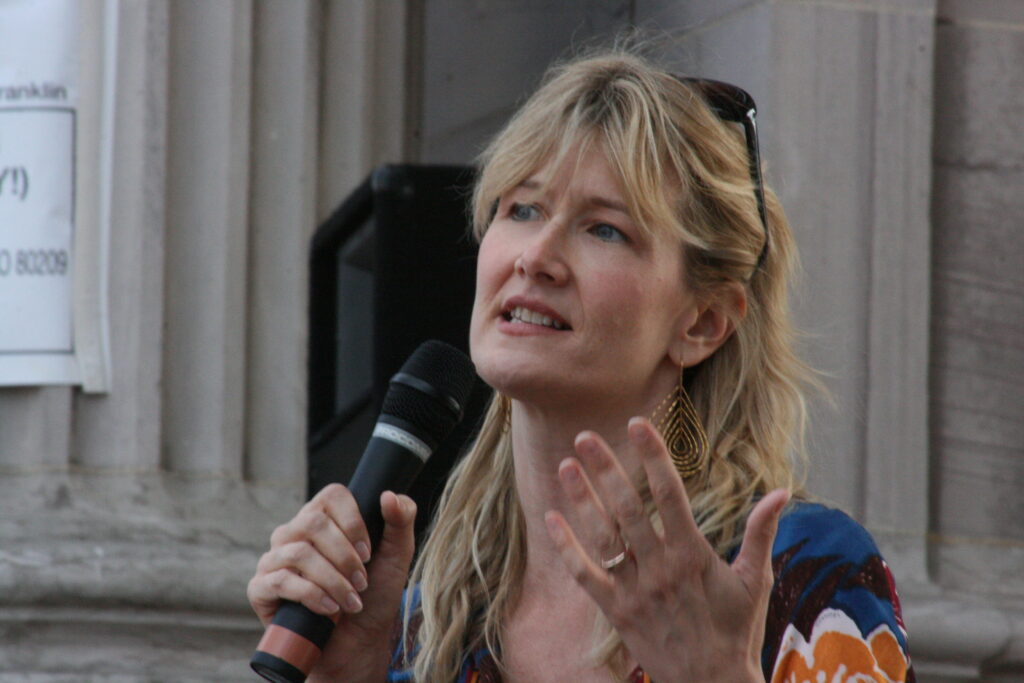
With increased public visibility comes heightened responsibility, as paleontologist-celebrities find themselves influential voices on issues ranging from evolution education to climate science. The authority granted to them through their dinosaur expertise often extends to broader scientific questions in the public mind, creating both opportunities and ethical challenges. High-profile paleontologists like Dr. Neil Shubin have used their platforms to defend evolution education in public schools, while others have become vocal advocates for conservation based on their understanding of past extinction events. This advocacy role sometimes places paleontologists in political crosshairs, especially in regions where science education remains contentious. Fossil celebrities must navigate tensions between academic nuance and public clarity, between advancing their careers through media engagement and maintaining scientific credibility among peers. The most successful navigate this balance by being transparent about the limitations of current knowledge while still communicating with the confidence needed to engage public audiences.
Commercial Tensions: Science, Money, and Public Trust

The commercial dimensions of paleontology fame create a complex ethical and professional terrain for scientist-celebrities to navigate. High-profile fossil discoveries can generate significant financial opportunities through book deals, speaking fees, television appearances, and consulting arrangements, sometimes dwarfing academic salaries. The commercial fossil market presents particular challenges, with some paleontologists condemning the private sale of significant specimens while others consult for auction houses or wealthy collectors. The controversy surrounding the Tyrannosaurus rex specimen nicknamed “Sue,” which sold for $8.4 million to Chicago’s Field Museum, highlighted these tensions, with many paleontologists arguing that scientifically important fossils should always remain in public institutions. Celebrity paleontologists must balance personal financial interests against professional ethical standards and the field’s commitment to public access to natural heritage. Those who maintain public trust typically establish clear boundaries between their scientific work and commercial activities, ensuring that financial incentives don’t compromise research integrity or restrict access to important discoveries.
What Our Fascination with Paleontologists Reveals About Modern Society
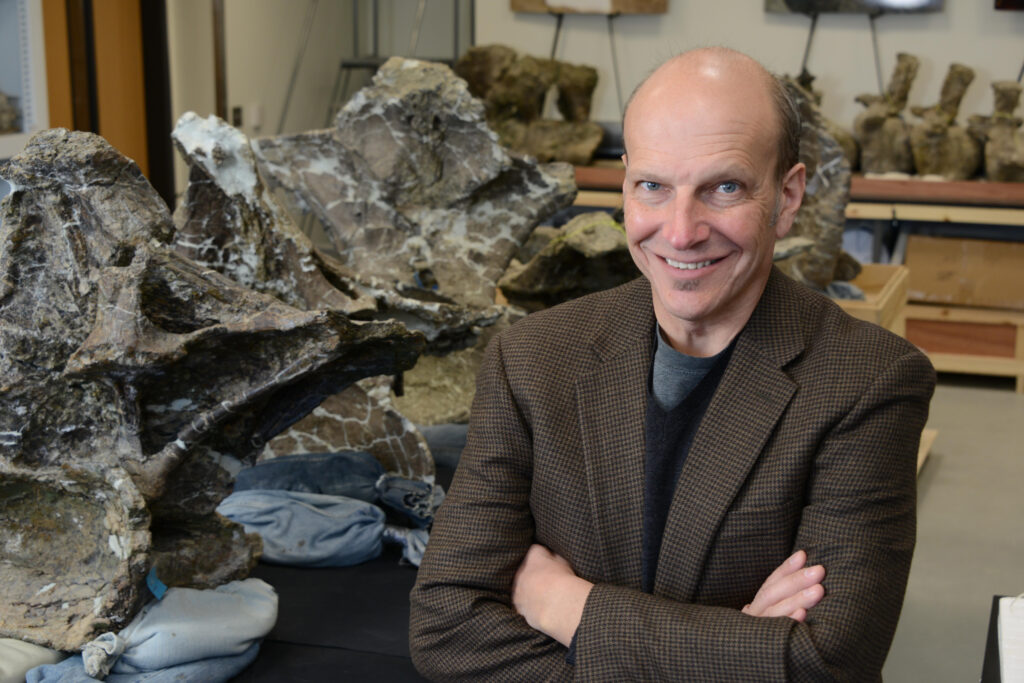
Our collective embrace of paleontologists as cultural icons reflects deeper currents in contemporary society worth examining. In an era of climate crisis and biodiversity loss, paleontologists offer a valuable perspective on Earth’s resilience and vulnerability through previous extinction events. Their expertise on how life responds to planetary change provides both cautionary tales and reasons for hope that resonate with contemporary environmental anxieties. The popularity of paleontologists also suggests public hunger for authentic expertise at a time when mistrust of institutions and information sources runs high. These scientists, with their tangible discoveries and clear methodologies, represent a form of knowledge production that remains credible even in an era of fragmented authority. Finally, our fascination with paleontologists may reflect nostalgia for childhood wonder—many adults recall dinosaur obsessions from their youth, and paleontologists serve as professional practitioners of that childhood fascination, legitimizing continued engagement with prehistoric worlds. In this sense, paleontologist celebrities fulfill multiple social needs, providing scientific authority, environmental perspective, and permission to maintain childlike wonder in an often cynical world.
The Future of Paleontology Fame in a Changing Media Landscape
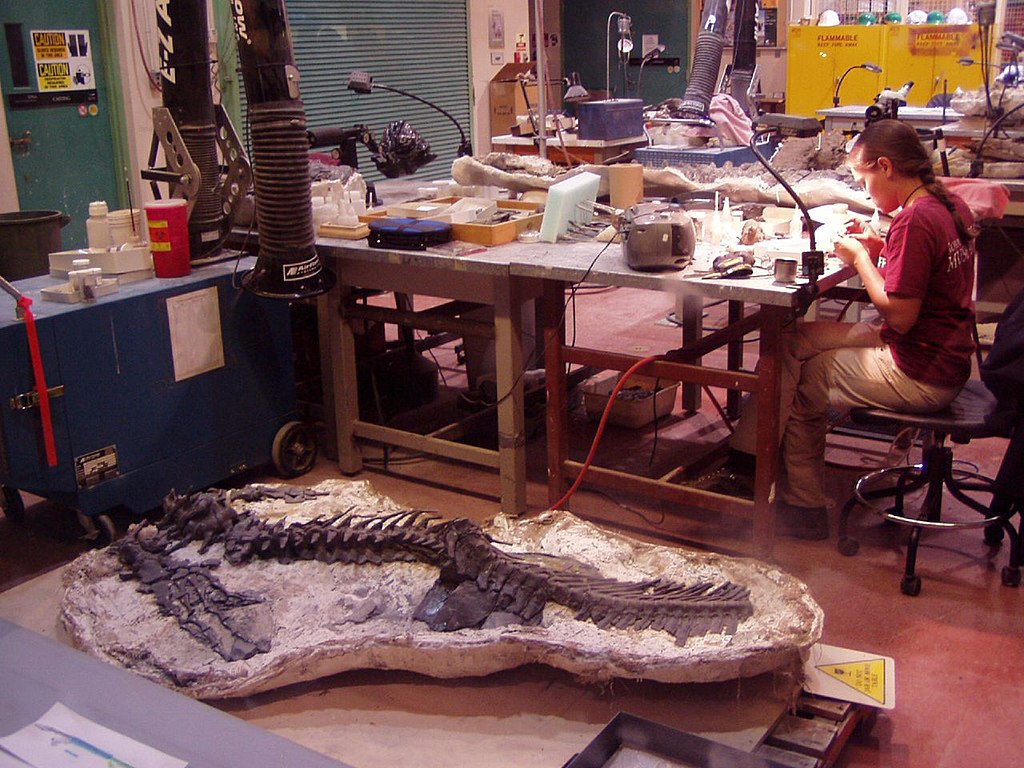
As media platforms continue to evolve, the nature of paleontologist celebrity will likely transform accordingly. Virtual and augmented reality technologies offer unprecedented opportunities for immersive experiences with prehistoric life, potentially elevating paleontologists who can effectively utilize these tools to engage audiences. The fragmentation of media into increasingly specialized channels may allow for more diverse voices within paleontology to find their specific audiences, rather than a few dominant figures capturing mainstream attention. Citizen science initiatives and participatory platforms like FossilID are already democratizing aspects of paleontological practice, potentially reshaping the relationship between professional experts and enthusiastic amateurs. Climate change research will likely further elevate paleontologists who specialize in past environmental shifts, as their expertise becomes increasingly relevant to contemporary challenges. These evolving dynamics suggest that while the specific pathways to paleontological fame may change, the fundamental appeal of these scientists as interpreters of Earth’s past will likely endure, adapting to new media environments while continuing to satisfy our deep curiosity about life’s ancient history.
Conclusion
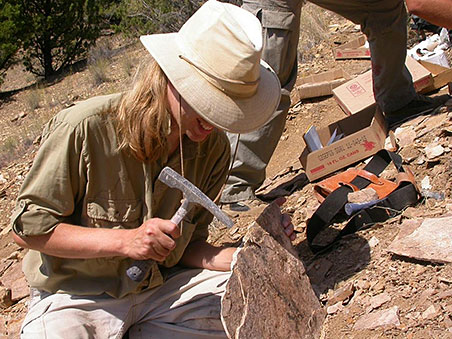
The transformation of paleontologists from academic specialists to cultural icons represents a remarkable convergence of scientific advancement, media evolution, and public fascination with Earth’s ancient past. Their rise reflects not just clever marketing or fortunate timing, but a genuine resonance between what these scientists offer—perspective, adventure, tangible connection to deep time—and what contemporary society seeks. As we face unprecedented planetary changes and technological developments, the paleontologist stands as a uniquely qualified guide, someone who can place our moment within the vast context of life’s history while satisfying our enduring desire for wonder. Their continued prominence suggests that despite our forward-focused culture, we remain profoundly interested in where we came from and what preceded us—questions that paleontologists are uniquely qualified to explore with both scientific rigor and narrative flair.




